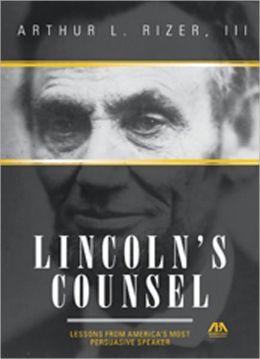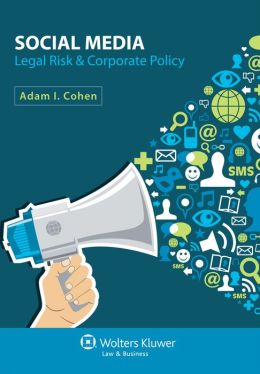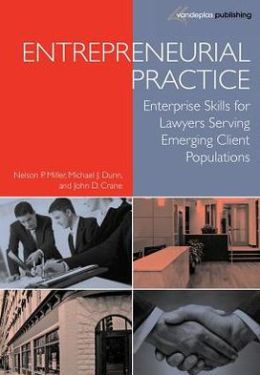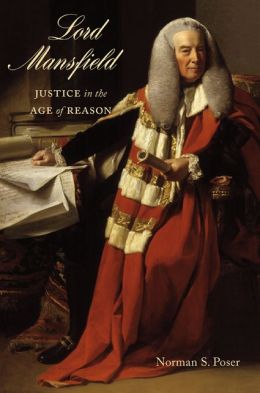On October 10, 2013, a group of 17 graffiti artists, who operate 5Pointz, a “graffiti Mecca” in Long Island City, NY where aerosol artists from around the globe paint colorful pieces on the walls, filed a 39-page Complaint in the US District Court for the Eastern District of New York against real estate developer G&M Realty LP. The complaint, titled Cohen et al. v. G&M Realty LP et al. seeks an injunction preventing the defendant from demolishing and redeveloping the property. The three counts of the Complaint allege that the proposed demolition would violate the rights of the plaintiffs under the Visual Artist Rights Act of 1990, as well as their contractual rights with the defendant, and the easement rights of the lead plaintiff, Jonathan Cohen. On October 9, 2013, G&M Realty got approval from the New York City Council to demolish the 200,000-square-foot factory building in order to build housing towers in its place. For more on the story, see the NY Times article from earlier this month.

”Aerosol artists have traveled from as far away as Kazakhstan, Australia, Japan and Brazil for the opportunity to paint their works of visual art on 5Pointz,” the complaint states. “5Pointz is listed in every major guidebook covering New York City, and is included in over 100 international travel guides as well.” According to the Complaint, 5Pointz has been a fixture in Long Island City since 1993 when the owner allowed aerosol artists to create pieces on the walls of five lots in Long Island City. In 2002, the lead plaintiff Jonathan Cohen became a curator and manager of the buildings as collective canvases.
The 5Pointz exhibit has garnered multiple news and art features in the press, examples of which were submitted as exhibits to the complaint. There have been numerous movies and TV programs about 5Pointz over the past two decades, and corporations like Donna Karan have used images of the exhibit as backdrops in advertisements. The defendant property owners have put together a plan to raze the old factories and build two residential towers that would be higher than zoning ordinance in the area would normally permit. The buildings would have 1,000 rental apartments, 30,000 square feet of public space and 50,000 square feet of retail space, according to the developers. Cohen contends that hundreds of original and famous artworks will be lost to the demolition.
The case is pending in Brooklyn’s Federal Court before Judge Frederic Block who heard oral argument on October 17, 2013 on plaintiff’s motion for an order to show cause seeking a preliminary injunction. After the hearing, Judge Block granted a temporary restraining order against the developer landlords from tampering with the building. The Court’s decision to grant a 10-day restraining order is the first step toward getting a permanent injunction.
In her law review article, Defining Fashion, Interpreting the Scope of the Design Piracy Prohibition Act, 73 Brooklyn L. Rev. 728 (2008), Elizabeth F. Johnson, Brooklyn Law School Class of 2008, discussed the Visual Artists Rights Act (“VARA”). She cited Phillips v. Pembroke Real Estate, 459 F.3d 128 (1st Cir. 2006), as an example of how courts have narrowly interpreted an aesthetic term defined in a statute. In that case, a sculptor brought suit seeking to prevent the destruction of his “public sculpture park” relying in part on VARA which protects “work[s] of visual art” against destruction in certain circumstances. The court held that VARA did not protect the park as a whole, taking a formalistic approach in finding that the park was not “visual art” under VARA.



 One title of practical interest to law students is
One title of practical interest to law students is 
 The Gettysburg Address still matters today. Brooklyn Law School Library’s copy of
The Gettysburg Address still matters today. Brooklyn Law School Library’s copy of  High school students are not the only ones who need to exercise discretion when using social media. Touro Law School Assistant Professor of Law Jonathan Ezor’s PowerPoint presentation
High school students are not the only ones who need to exercise discretion when using social media. Touro Law School Assistant Professor of Law Jonathan Ezor’s PowerPoint presentation 
 The BLS Library has in its collection
The BLS Library has in its collection  Prof. Poser recently published
Prof. Poser recently published 